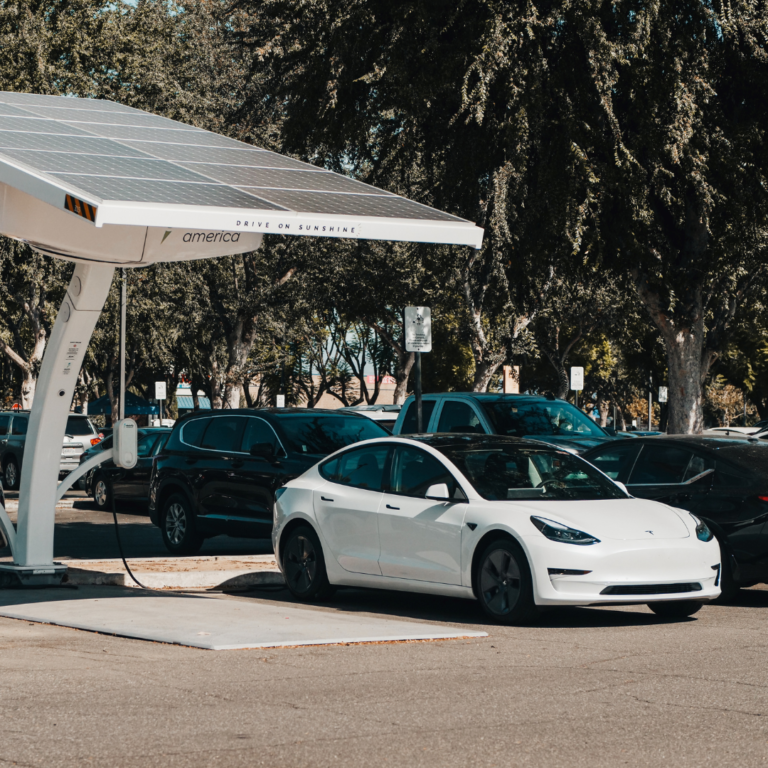Tesla has recently lowered the estimated range for variants of its X, S, Y, and 3 models.
Tesla has reduced the estimated range of its electric vehicles in response to new government regulations in the United States. The company has previously been criticized for providing inflated figures, leading to customer complaints and drawing the attention of automotive testing experts. As a result, Tesla has recently lowered the estimated range for variants of its X, S, Y, and 3 models.
The EPA has established emission standards for motor vehicles and non-road equipment, with testing procedures specified in the Code of Federal Regulations. These standards require automakers to assess the range and efficiency of electric vehicles in their default driving mode. This affects modern cars like Tesla, which offer various driving modes to adjust efficiency or power.
In cases where vehicles lack a default driving mode, the EPA mandates manufacturers to conduct tests in their best and worst driving modes to establish efficiency and average results. Tesla offers driving modes ranging from “Chill” to enhance efficiency and range to “Drag Strip Mode” in high-performance models to boost acceleration. In the Model Y user manual, Tesla advises drivers to consider using the “Chill” mode.

Tesla has adjusted the range estimates of its vehicles, with subtle changes such as the Model X Plaid going from 333 to 326 miles and more significant modifications like the reduction of the Model S Plaid from 396 to 359 miles. Tesla’s website now estimates the range of the Model Y Long Range at 310 miles, while the EPA still lists it at 330 miles.
Furthermore, Tesla has lowered the range estimate for the high-performance variant of the Model Y, a crossover SUV, from 303 to 285 miles. These adjustments reflect the company’s response to new regulations and emphasize the importance of accurate measurements in the electric vehicle industry.
This shift, though sparking some controversy, underscores the need for realistic measurements reflecting actual vehicle performance in everyday conditions. As technology advances and stricter standards are established, consumers can anticipate greater reliability in the figures provided by manufacturers, contributing to more informed decision-making in the adoption of electric vehicles.

The story of the first car race in Paris: a historic hit in 1894
Paris stands not only as a cultural and artistic epicenter but also as a pioneer in car racing In the history of automotive racing, Paris

Top states for driving in the United States in 2024
A WalletHub study compared all 50 states to determine the best driving conditions Road safety and quality are central concerns for drivers. And while the

Briefs: marijuana reclassification, vehicle fees, and climate grants
The trucking industry goes through new legislation, taxes and subsidies Questions about the proposed reclassification of marijuana The Owner-Operator Independent Drivers Association (OOIDA) supports the

Impact of traffic pollution: study reveals increase in blood pressure
A study from the University of Washington in Seattle reveals that the main cause of significant increases in blood pressure might be traffic-related gasses A

The benefits and careers of a Commercial Driver’s License
Having a CDL opens multiple doors within the trucking and transportation industry Having a Commercial Driver’s License (CDL) opens multiple doors within the trucking industry,

Sharing the road with a truck: steps to ensure your safety
Caution around blind spots and anticipating truck maneuvers are essential to ensuring everyone’s safety Truck drivers face significant challenges on the road due to their
